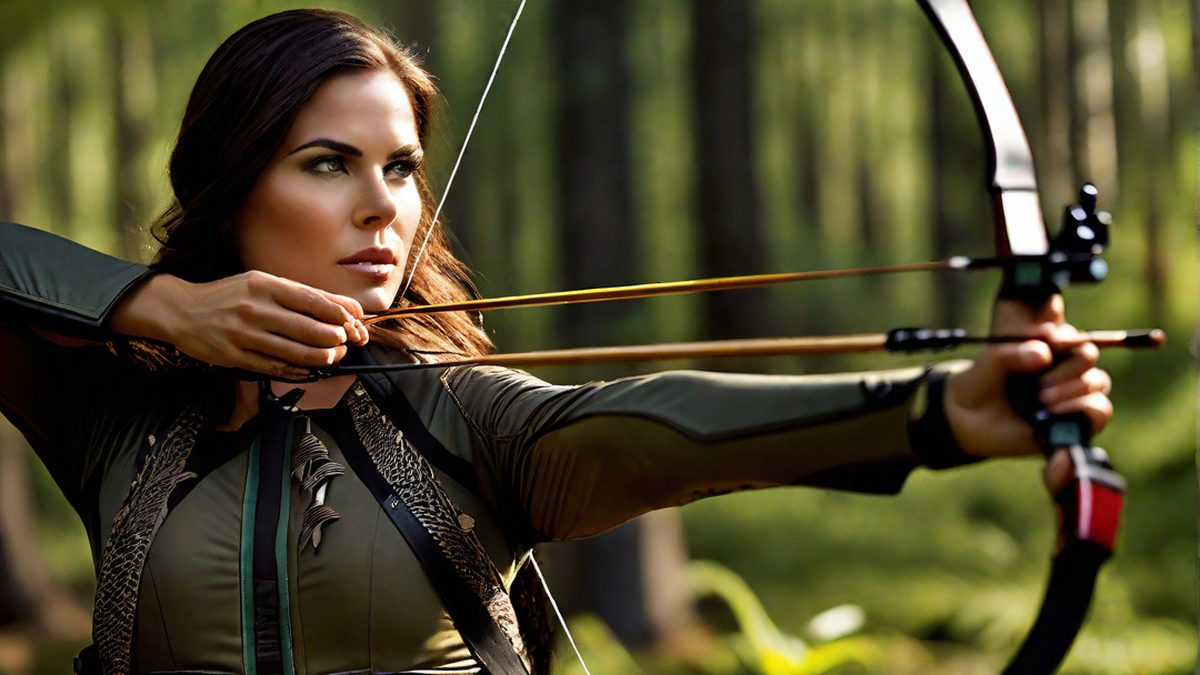As an avid hunter, I know that choosing the right hunting bow is crucial for a successful hunting experience. There are so many factors to consider, from draw weight to draw length, and it can be overwhelming for beginners. But fear not! In this article, I will guide you through the process of buying a hunting bow, sharing personal experiences and insights along the way.
Understanding Your Needs
Before diving into the world of hunting bows, it’s essential to understand your specific needs as a hunter. Are you a beginner looking for a versatile bow that is easy to handle? Or are you an experienced hunter seeking a powerful compound bow for long-range shots? Knowing your hunting style and preferences will help narrow down your options.
In my case, I prefer a compound bow as it offers excellent accuracy and energy efficiency. The ability to adjust the draw length and weight also ensures a comfortable shooting experience, especially on those long hunting trips.
Choosing the Right Draw Weight and Length
One of the first things to consider when buying a hunting bow is the draw weight. This refers to the amount of force required to pull back the bowstring fully. As a general rule, the draw weight should be comfortable enough for you to hold steady and at the same time provide enough power for an ethical kill.
I remember purchasing my first hunting bow with a draw weight of 60 pounds. It felt comfortable at first, but as the hunting season progressed, I realized it was too heavy for extended periods of shooting. Eventually, I switched to a bow with a draw weight of 50 pounds, which allowed me to maintain accuracy without straining my arm muscles.
Similarly, draw length plays a crucial role in accuracy and comfort. It refers to the distance between the bowstring at full draw and the grip of the bow. A bow with an adjustable draw length is ideal for finding your sweet spot and achieving consistent shots.
Consider the Bow’s Speed and Noise Level
In the hunting world, speed is often equated with power and accuracy. However, it’s important to strike a balance between speed and noise level. A bow that shoots arrows at high speeds may produce more noise, potentially spooking game animals and reducing your chances of a successful shot.
When I was researching bows, I came across the Hoyt Carbon Defiant, renowned for its exceptional speed. However, upon testing it in the field, I found the noise level to be higher than I preferred. I eventually opted for the Mathews Halon, which offered a good compromise between speed and noise.
Consider Your Budget
Buying a hunting bow can be a significant investment, so it’s essential to consider your budget. There are bows available at various price points, and while high-end models may offer advanced features, they might not always be necessary for every hunter.
Personally, I believe that it’s possible to find a reliable hunting bow without breaking the bank. I have had great success with mid-range bows such as the Bear Archery Cruzer G2 and the Diamond Infinite Edge Pro. These bows offer excellent performance and versatility at a more affordable price, making them ideal choices for beginners or hunters on a budget.
Conclusion
Buying a hunting bow is a personal journey, and it’s essential to find one that suits your individual needs and preferences. By considering factors such as draw weight, draw length, speed, noise level, and budget, you can make an informed decision.
Remember, it’s always a good idea to visit a reputable archery shop and try out different bows before making a purchase. The staff there can provide valuable guidance and help you find the perfect hunting bow. Happy hunting!
